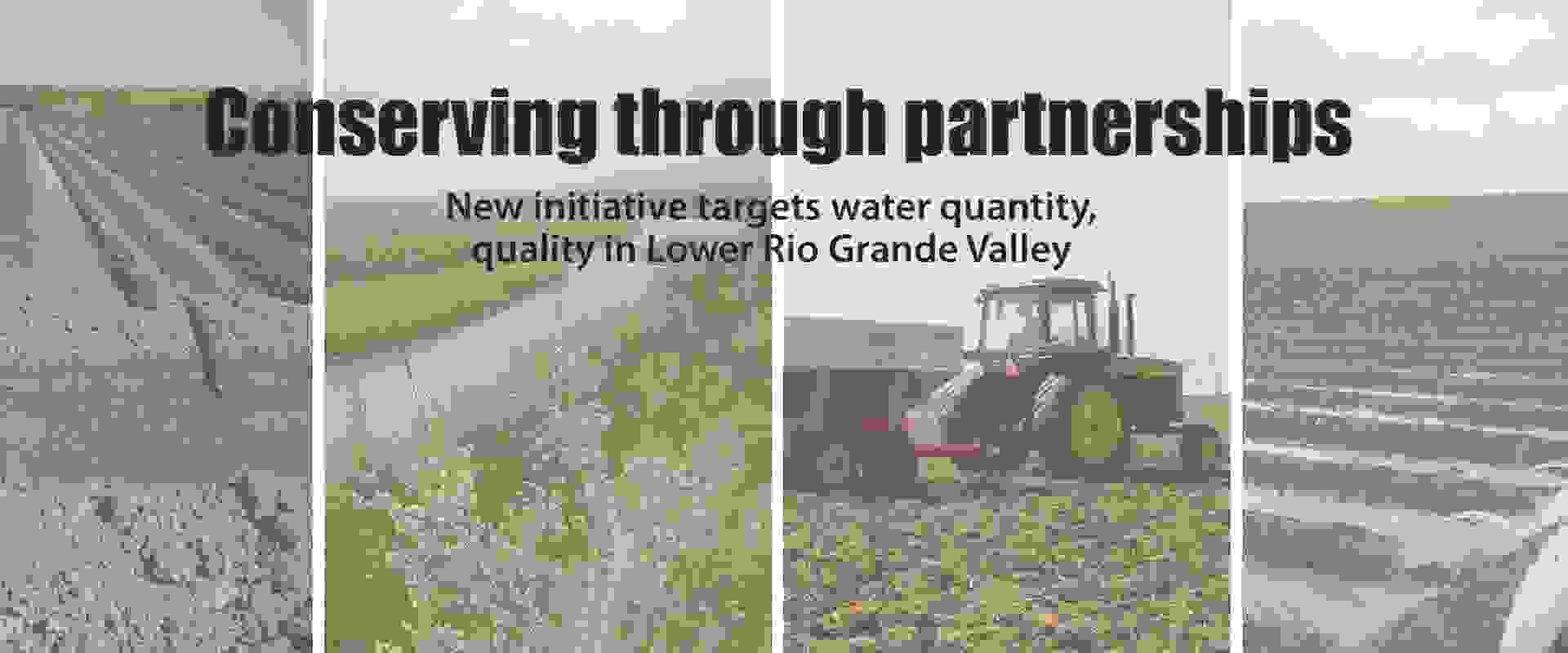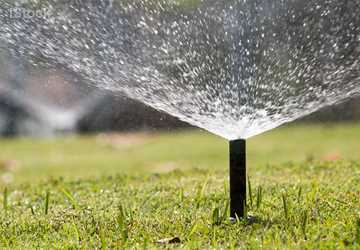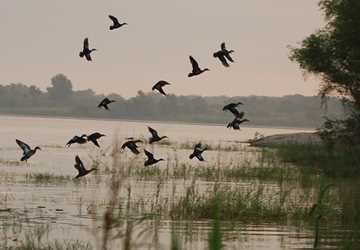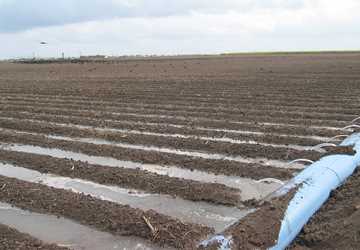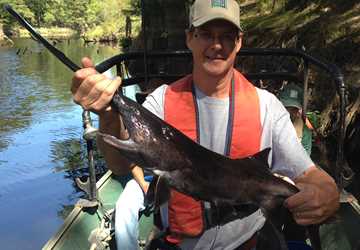José Dodier, Jr. has lived along the Rio Grande most of his life. As a partner in the Don José Land and Cattle Company in South Texas’ Zapata County and a longtime board member of the Texas State Soil and Water Conservation Board (TSSWCB), he is well aware of the challenges that land managers and agricultural producers face, especially in the Lower Rio Grande Valley. So, when he learned about a new water initiative for the Valley, he was thrilled.
The project — the Lower Rio Grande Valley Water Improvement Initiative — addresses the region’s water quantity and water quality concerns. It is part of the Regional Conservation Partnership Program (RCPP), a new 2014 Farm Bill program that supports efforts between the U.S. Department of Agriculture’s Natural Resources Conservation Service (NRCS) and its partners to deliver conservation assistance to producers and landowners.
“Agricultural producers in Texas, for generations, have been doing the right thing,” Dodier said. “There are technological advances that we need to implement, and it never ceases to amaze me how open they are to change, to trying new management practices that involve conservation. I believe this initiative is planting a seed that we will see benefits from for the next generation.”
The Texas Water Resources Institute (TWRI) is leading the $3 million, five-year initiative, and TSSWCB is a key partner.
Partnerships promote conservation
Partnerships are fundamental to the new Farm Bill program. Partners will collaborate to coordinate conservation outcomes, according to NRCS.
“RCPP is a different approach to investing in natural resource conservation that empowers local communities and demonstrates the importance of strong public-private partnerships in delivering local solutions to tough natural resource challenges,” said NRCS State Conservationist Salvador Salinas at a Jan. 15 news conference announcing the program. "NRCS and partners working through RCPP projects will help in bringing new ideas and technologies to production agriculture in the Valley.”
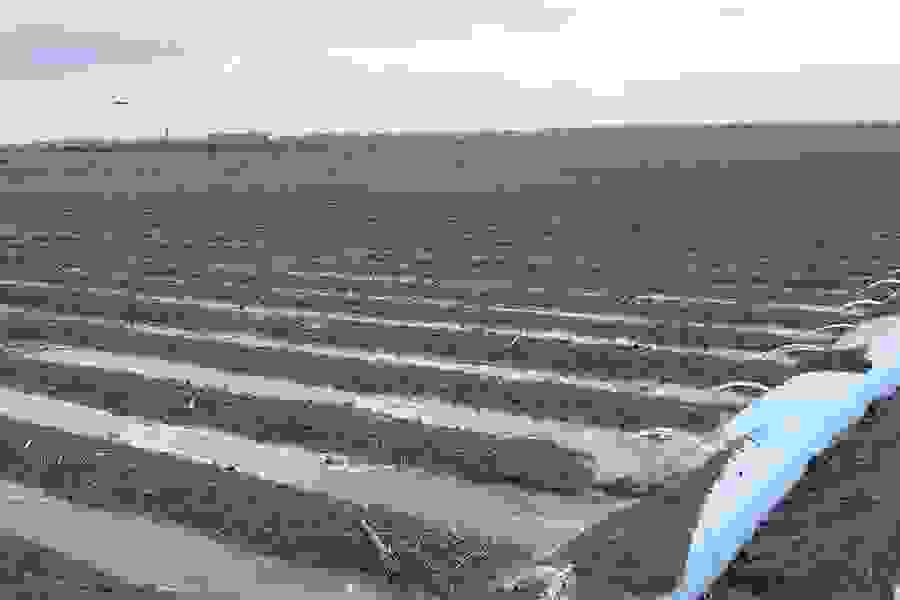
Dr. Kevin Wagner, TWRI associate director, said the initiative focuses on enhancing agricultural water-use efficiency and improving nutrient management on the more than 300,000 acres of irrigated cropland in the Valley.
“However, our approach goes beyond on-farm conservation, although this is critically important, and includes regional planning, irrigation water delivery, monitoring, and education and outreach.”
NRCS will distribute the $3 million to Valley agricultural producers to improve on-farm efficiency.
Wagner said that money is leveraged with more than $7 million of in-kind contributions from partners who have projects supporting the initiative’s goals: TSSWCB, Harlingen Irrigation District, Rio Grande Regional Water Authority, Black and Veatch and Cameron County Irrigation District #2. Additional supporters include the Texas Water Development Board (TWDB), Texas Commission on Environmental Quality, Texas A&M AgriLife Research and Texas A&M AgriLife Extension Service.
NRCS and partners working through RCPP projects will help in bringing new ideas and technologies to production agriculture in the Valley.
TWRI is also working with local stakeholder groups, including the Rio Grande Regional Water Planning Group and Arroyo Colorado Watershed Partnership, as well as producer groups, such as Texas Citrus Mutual and the Texas Vegetable Association.
Wagner expects the list of project partners to grow throughout the initiative. “Our role is to facilitate the collaborations among all the groups already doing excellent water conservation and water quality work in the Valley.”
Through existing planning efforts, such as the Rio Grande Regional Water Plan and the Arroyo Colorado and Brownsville Resaca watershed protection plans, he said the initiative is providing additional technical and financial assistance to Valley producers along with extensive outreach and education.
As the project advances, Wagner said the institute will track progress, such as number of acres with irrigation and nutrient management as well as miles of irrigation canals replaced, and evaluate how implementing conservation measures affect water quality and flows.
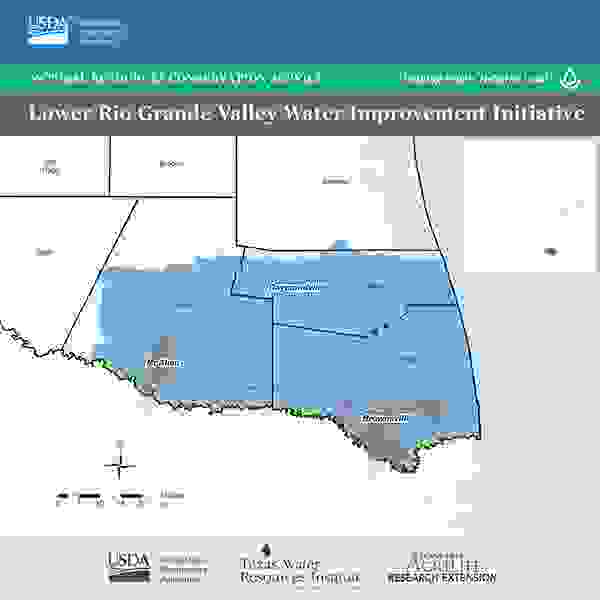
The initiative encompasses 1.59 million acres in Cameron, Hidalgo and Willacy counties and includes the lower Rio Grande, Arroyo Colorado and north Floodway.
“All these water bodies are important sources of freshwater inflows to the Lower Laguna Madre and ultimately the Gulf of Mexico,” Salinas said.
Inseparable: Valley water quality and quantity
The Lower Rio Grande Valley was selected for a RCPP project not only because of its ecological importance and long-standing partnerships, but also because of its economic significance and the severity of its water supply and quality issues, Wagner said.
The Valley’s population growth puts greater pressure on its limited water supplies, increasing the need for improved water-use efficiency.
“Between 2010 and 2060, population in the region is expected to grow 142 percent,” he said. According to the 2012 Rio Grande Regional Water Plan, an additional 610,000 acre-feet per year will be needed by 2060. Significant unmet irrigation needs are expected if major improvements in water district conveyance systems and on-farm conservation practices are not achieved.
To support the initiative’s water conservation goals, the institute is working with project partners on improved irrigation scheduling, better irrigation delivery and innovative irrigation technologies. For example, Cameron County Irrigation District #2 is converting 11 miles of open irrigation canals to pipelines and installing nine automated gates to its canal system.
Along with limited water supply, water quality problems also need to be addressed.
“Although addressing water quantity is the primary concern of this initiative, water quality and quantity are inseparable and intricately linked in the Valley,” he said.
Wagner said those connections were illustrated by a 2012 AgriLife Research study that found the most important factor in determining nutrient loadings exiting a field was the volume of irrigation water runoff.
“What we can draw from this study is that improved irrigation water management, which will reduce irrigation return flows, will not only conserve water, it will also improve water quality.”

The state has identified the Arroyo Colorado and Rio Grande as nonpoint source priority watersheds. “A reduction in nutrients in the Arroyo Colorado will help control excessive algal growth, increase dissolved oxygen levels and improve aquatic health in the Arroyo’s zone of impairment,” he said.
To achieve this reduction, the partners plan to apply nutrient and irrigation water management practices to 30,000 acres of irrigated cropland through this initiative and TSSWCB’s water quality management program.
“Since the early 1990s, TSSWCB has invested millions of state and federal dollars as incentives to encourage nutrient and irrigation management implementation in the region, and the agency’s current priorities include continued support,” said John Foster, TSSWCB statewide programs officer.
Other planned high-priority practices include use of surge valves on furrow irrigation; conversion to narrow border flood irrigation for citrus; conversion of furrow or flood irrigation to drip, microspray or sprinkler irrigation; and installation of filter strips or wetlands to treat agricultural runoff.
“These innovations will decrease water use, improve productivity and reduce irrigation return flows, thus reducing nutrient and sediment loading to local water bodies,” Wagner said.
Although addressing water quantity is the primary concern of this initiative, water quality and quantity are inseparable and intricately linked in the Valley.
Cameron Turner, TWDB team lead for agricultural water conservation, said the board has been very involved in improving water-use efficiency in the Lower Rio Grande Valley.
"This initiative helps facilitate the type of partnerships necessary to address the water needs in the region,” Turner said, adding that TWDB is funding similar efforts that support the goals of this project. The Texas Project for Ag Water Efficiency through the Harlingen Irrigation District and Texas A&M-Kingsville Citrus Center’s applied research on narrow-border flood are two examples.
Dodier said TSSWCB is also supporting the partnership through its support of TWRI’s agricultural best management practices education efforts.
“To get all the agencies to work together on this initiative is great,” he said. “The synergy that comes out of this is going to be huge.”
Explore this Issue
Authors
As the former communications manager for TWRI, Kathy Wythe provided leadership for the institute's communications, including a magazine, newsletters, brochures, social media, media relations and special projects.

